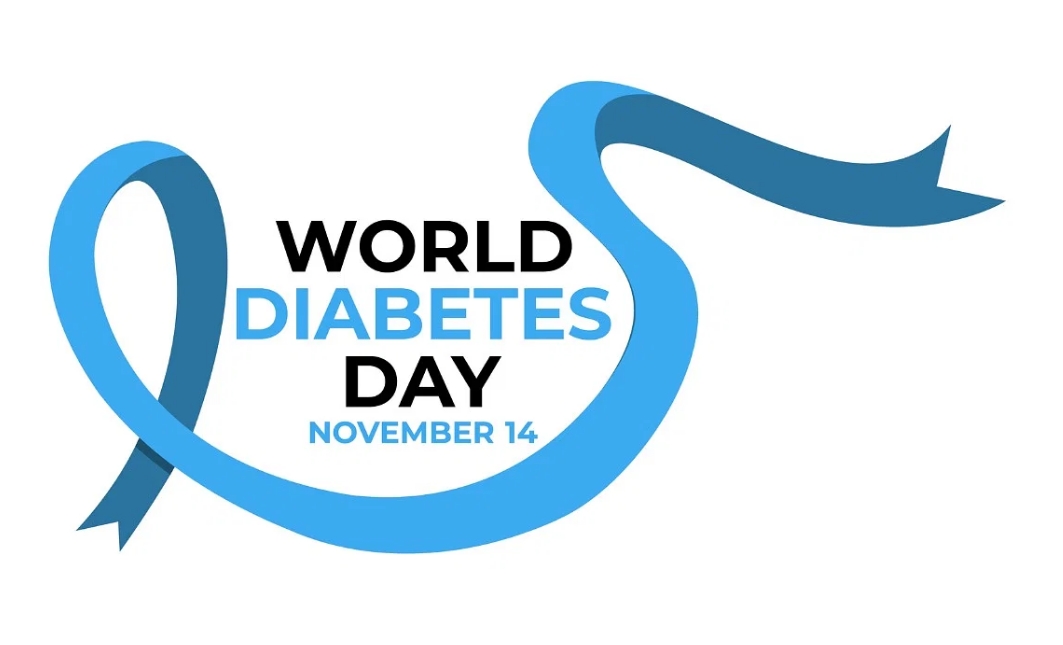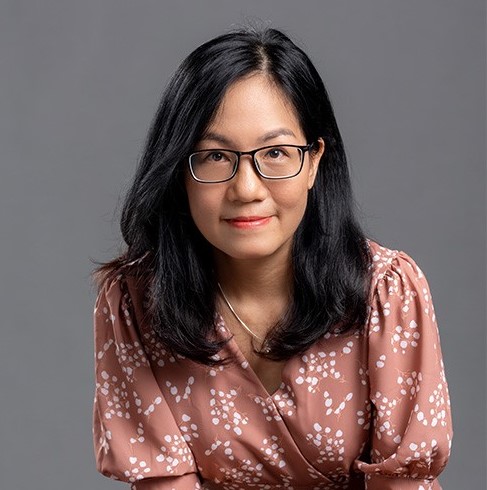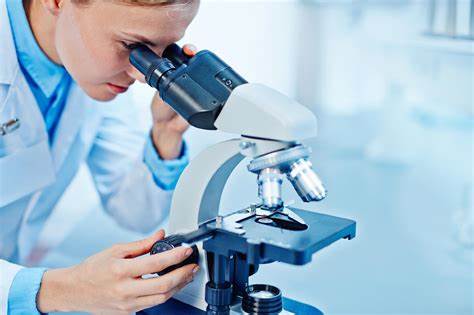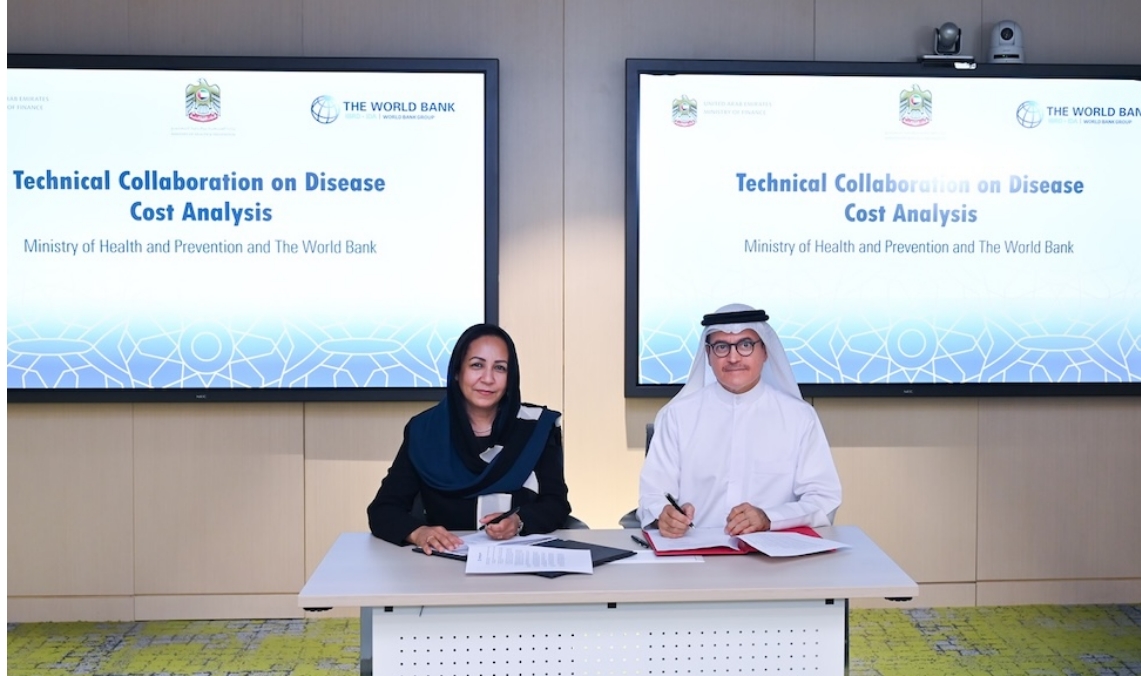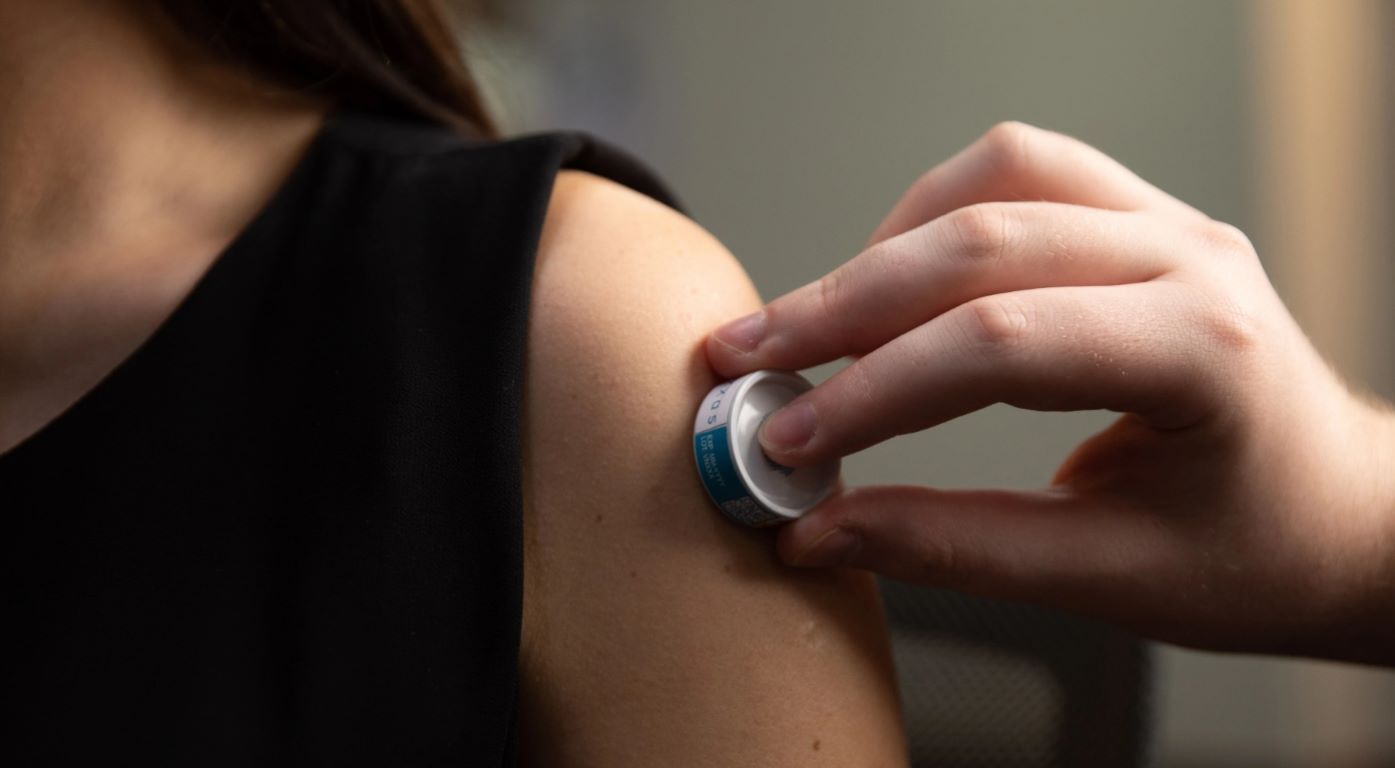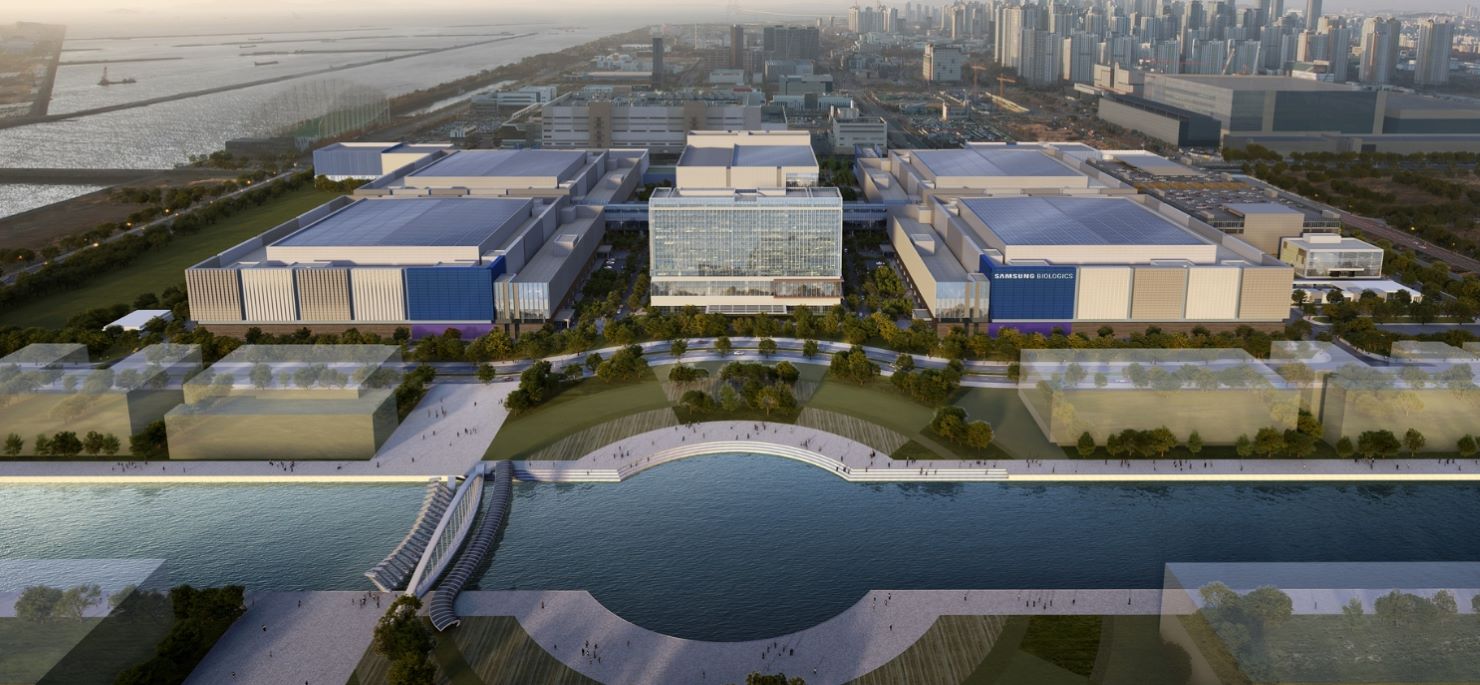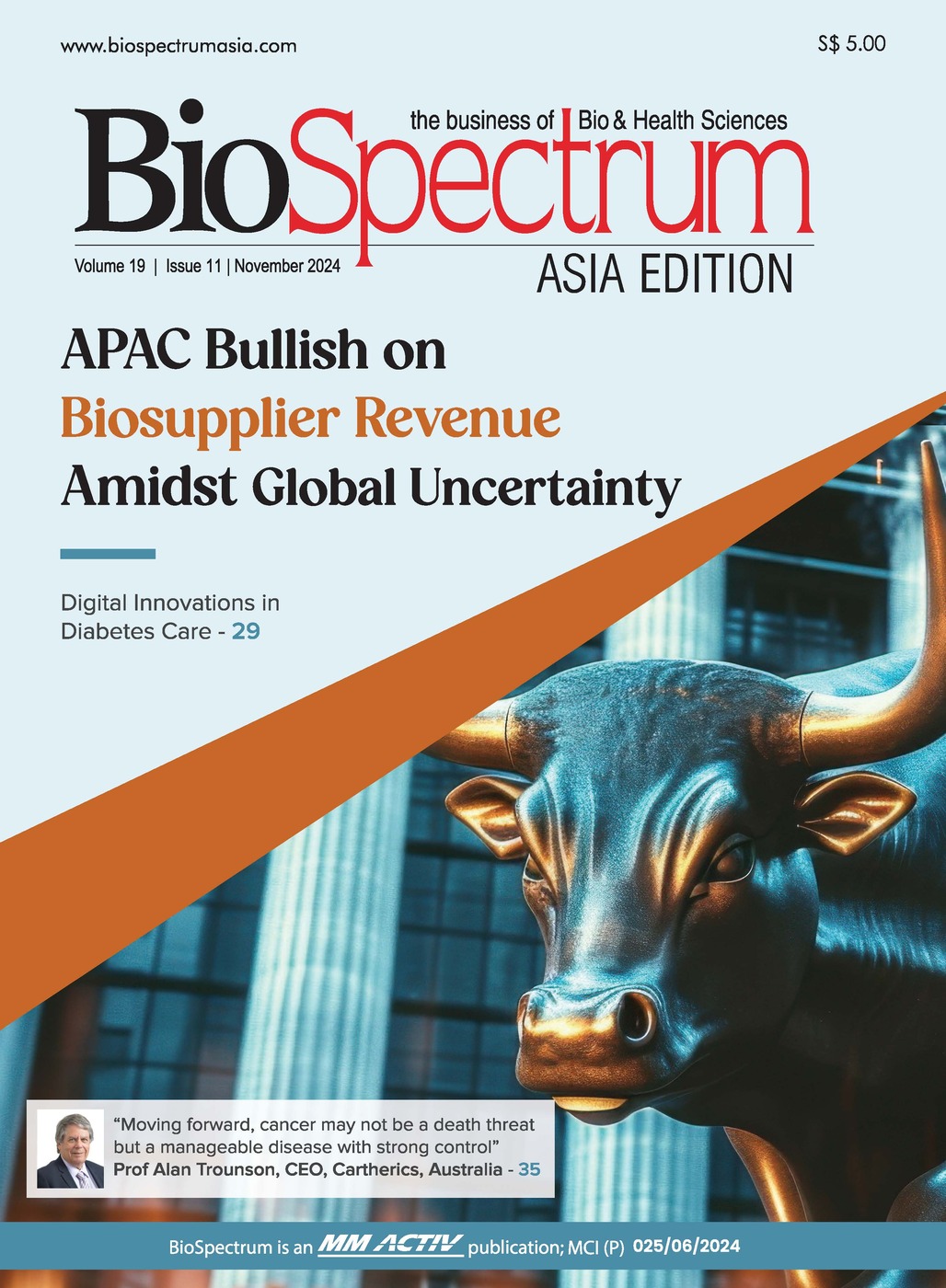Healthcare M&A outlook bright for 2018: Analysts
07 March 2018 | Analysis | By Aishwarya Venkatesh
After a subdued 2017, analysts and industry experts predict 2018 to be a robust year for healthcare M&A

2017 was not a big year for global healthcare M&A deals thanks to uncertainty in the wake of Brexit, the US presidential election and pending US tax reforms. Though deal volume in the healthcare sector overall, was moderately active as far as mergers and acquisitions (M&A) were concerned, in the biotech and pharma space it was at the lowest levels in many years and only a fraction of what was seen in the previous years. According to analyst reports, the total volume and value of healthcare industry M&A fell nearly 20% in 2017. The actual number of pharma/biotech M&A transaction announcement tracked by The Pharma Letter for full-year 2017 was just 101, compared with 130 in 2016 and 166 in 2015, which was a record year. However, contradicting the trend, M&A activity in the medtech space rose 50% in 2017, driven by therapeutic device companies, helping to lift the value of aggregate M&A to more than $200 billion.
The healthcare sector saw 20 deals with a transaction value of more than $2.4 billion in 2017, an S&P Global Market Intelligence analysis found. Johnson & Johnson's $29.85 billion takeover of Actelion Ltd. was the largest deal announced during the year. The second-biggest deal to be signed in the year was U.S. medical equipment supplier Becton Dickinson’s $25.79 billion acquisition of its peer C. R. Bard Inc. In the biotech space, one of the biggest deals sealed last year was the US$11.9 billion acquisition of biotech firm Kite Pharma by Gilead Science.
“Globally, M&A activity in the lifesciences sector was subdued with a decrease in volume (c.30%),” said Mr. Shankar Sathyanath, Director, M&A and Capital Advisory, KPMG in Singapore. “The number of deals in 2017 decreased from that in 2016 in the pharmaceuticals, medical devices and biotech segments by 50%, 20% and 20% respectively. Key drivers for the decline were high valuations, pressure in drug pricing, regulatory interventions in key markets, ongoing integration of businesses acquired in previous years and tax reforms in the US.”
Mirroring the global trend, 2017 was a moderate year for healthcare M&A in Asia Pacific as well, with about USD $30 billion in deals inked last year. Though fewer than previous years, APAC healthcare sector saw some big deals coming out of China and smaller deals from other regions. Generally, buyers had a stronger preference for smaller deals 75% of deals valued below US$100m. The region, excluding Japan, recorded 254 M&A transactions for the healthcare sector in 2017, accounting for 17% of the total number of deals completed globally during the year.
Speaking about APAC M&A deals in 2017, Mr Sriharsha Sarkar, Principal, Consulting services, IQVIA, Asia Pacific, said, “We saw some big ticket deals out of China as well as a good number of smaller deals across Asia Pac. There was a good mix of private equity and corporate deals last year, with the largest coming from India, China and Australia. In biopharma, Chinese private equity flexed its muscles through large foreign investments. In October, we saw the GL Capital-lead consortium takeover of SciClone Pharmaceutical, a specialty small-molecule company, for about USD$600 million. Chinese, Indian and Australian biopharmas also had a busy year. Fosun Group (China) acquired a 74% stake in Hyderabad-based Gland Pharma at USD$1.1 billion; Sunpower Group (China) paid USD$820 million for Dundreon, Valeant’s oncology business in June; while Lupin, Sun Pharma and Zydus Cadilla (all India-based companies) acquired U.S. and/or Canadian companies. CSL (Australia) expanded through acquisitions in Chinese and U.S. companies.
In healthcare provision, private hospitals continued to attract interest in India and in Southeast Asia, notably in Thailand, Indonesia and Singapore, where Ping An Ventures paid USD$120 million for a stake in Fullerton Healthcare Corporation. There also was a lot of interest in the newer medtech and digital sectors, which saw substantial investment. The initial public offerings of BGI Genomics and WuxiNext CODE, cutting-edge diagnostics providers, both raised in excess of USD$200 million. Indian digital start-ups Click2Clinic (Telehealth) and Curefit (mobile fitness) both raised capital for multiple acquisitions. Overall, there is an appetite to invest across the sector, from biopharma through to healthcare provision and newer segments.”
In Asia, China leads the way
Chinese companies drove the deal making in APAC healthcare sector in 2017 bucking a downward trend seen in the other regions. Three of the top 10 deals in the region involved Chinese companies, with Shanghai Pharmaceuticals Holding $1.2 billion acquisition of Cardinal Health Inc.'s distribution business topping the list. Increased demand for quality healthcare and government incentives has prompted home-grown Chinese companies to look for global mergers and acquisitions to bring in the best technology or unique product to China. The Chinese government is keen on the developing the healthcare industry and is planning to implement the "Healthy China 2030" program, further fueling this trend. Apart from China some strong M&A activity was also seen in Singapore last year with Blue Sail Medical's acquiring majority stake in Biosensors International, and Ping An Ventures' purchase of an undisclosed stake in Fullerton Healthcare Corporation for US$121 million. Singapore Press Holdings - which owns The Business Times - also acquired nursing home provider Orange Valley Healthcare for S$164 million.
2017 saw one of the lowest M&A deals in pharma and healthcare space in India. Pricing pressures and regulatory hurdles in key markets, government price controls, and one-off policy measures such as a ban on fixed-dose combination drugs , demonetisation of high-value currency notes and implementation of the goods and services tax (GST) in 2017had resulted in the decline, op;ined industry experts. Majority of deals continued to be outbound, with Indian companies buying assets abroad. Some of the big deals in 2017 were Piramal Enterprises buyout of Mallinckrodt LLC’s portfolio of anti-spasticity and pain management drugs for $171 million, Aurobindo Pharma Ltd’s acquisition of Portuguese firm Generis Farmaceutica SA for $142.5 million, Lupin’s acquisition of Symbiomix Therapeutics for $150 million.
Bright year ahead:
Separate reports by EY and Baker & McKenzie predict a significant rise in M&A’s this year. In its report Baker and McKenzie stated that healthcare mergers and acquisitions (M&A) in the Asia-Pacific are expected to jump by some 80 per cent to US$55.1 billion this year, driven largely by big pharmaceutical companies snapping up manufacturing sites in more affordable markets. The report detailed that current buoyant market conditions and clarity about the US’s new corporate tax rate will lead to a rebound in deal activity, causing global healthcare M&A to rise to US$418 billion, up 50% from US$277 billion last year.
Aligning with the forecasts, healthcare companies have started the year on a positive note, announcing deals worth over $30bn already. Giving the biotech sector a flying start, Sanofi announced two major acquisitions- Bioverativ for $11.6bn and Albynx for $4.8bn. Japan's Takeda Pharmaceutical agreed to acquire TiGenix for €520 million, while US-based Celgene also snapped up two companies –buying Juno Therapeutics for $9bn and cancer drugmaker Impact Biomedicines for $1.1 billion up front and a potential $1.25 billion extra depending on performance. Marking Korea’s first pharma investment in Ireland, the country’s SK Biotek a global life sciences company announced the acquisition of the former Bristol-Myers Squibb API facility. This recent flurry of M&A activity in pharmaceuticals and biotechhas prompted industry experts to predict a robust year for M&A across life sciences.
“In 2018, the volume of M&A deals in the lifesciences sector is expected to grow globally and in the APAC region. The biotech segment is off to a flying start in January with announced deals totaling US$11 billion in value globally. APAC has started the year well with more than 10 announced deals across segments,” observed, Mr Sathyanath.
Mr Sarkar added, “We see optimism both globally and within the region, with a forecast of significant increases from 2017. We anticipate an increased number of deals this year in Asia Pac. We've already seen a fast start in China, India and Australia. The 2017 recovery from the global M&A slowdown of 2016 has set a solid platform for increased investment in healthcare this year. It’s likely that China private equity will continue its ventures into overseas biopharma; private equity deals in healthcare provision also will be something to look for. To kickstart 2018, Quadria Capital invested in Malaysia diagnostics firm LabLink and Permira invested more than USD$1 billion in Australian I-Med Radiology Network. We believe that there is a likelihood of increased activity in corporate deals from biopharma firms. ”
“Medical device and tech companies are sprouting up in India, China and Australia. These are on investment firms’ radar screens,” continued, Mr Sarkar. “The end of 2017 saw the Chinese medical devices company Ankon and traditional Chinese medicine search platform Gu Sheng Tang Zhong Yi raise a combined USD$250 million in funding. We expect such trends broadly to continue in that sector. Medtech is more limited in Southeast Asia, but distributors are growing quickly and could be potential private equity targets. Greater R&D expenditures and the attractiveness of Asia for same could drive interest in clinical research organizations. With local CROs in Australia and South Korea competing with global giants, these firms could become targets for private equity.”
Also, a survey from EY published in October, last year, found that 60% of life science executives plan on pursuing M&A in the next 12 months. With core markets in the West stagnating and looming patent cliff, Big pharma companies are now looking for growth in Asia’s developing markets with an objective to replenish drug development pipeline, gain access to new molecules or to expand market of established products. “Big pharma is always looking to expand in emerging markets; that bodes well for Asia Pacific, which has some the world’s largest emerging markets,” explained Mr Sarkar. “There is a lot of buzz already this year about big pharma investing more in affordable manufacturing sites and supply chains to ensure the best access in the fast-growing markets. South Korea could also play a significant part, with the ongoing publicly announced process for the sale of CJ HealthCare (pharma) under way – with leading private equity firms and a Korean cosmetics player in the discussions.”
In its report, EY said that many companies with promising pipelines like interference RNA specialist Alnylam Pharmaceuticals Inc. (market cap $12.6 billion), gene therapy developer bluebird bio inc. (market cap $8.6 billion), and neuroscience and endocrine disease-focused Neurocrine BioSciences Inc. (market cap $7.2 billion) could interest buyers. Also as per reports, Eli Lilly & Co., Novartis AG and Pfizer Inc, are mulling a sale or spin-off of their respective animal health, eye care and consumer health businesses. China’s Shanghai Pharmaceuticals Holding, one of China’s largest pharmaceutical firms, is also scouting for acquisitions in the United States and Europe, read a leading China daily. India’s Sun Pharmaceutical Industries, Lupin and Cadila Healthcare, have all said that they will continue to watch for opportunities in the specialty segment with focus on the US market. Aurobindo Pharma also said that it is looking at acquisition in eastern Europe along with evaluating opportunities in the US. Moreover, US FDA hit a 21 year high in 2017 with 46 novel medicines receiving the agency’s nod. This has sparked interest among big pharma companies like Celgene, Gilead to snap up small innovative drug companies with promising candidates under development. All these reports and forecasts make 2018 an exciting year to watch for!
There is also an increasing interest from Western players in acquiring innovative Chinese companies driving eastbound M&A activity in 2018. Chinese government has taken lot of initiaves to promote the sector. Under the 'Made in China 2025' strategy, pharmaceutical and healthcare industries will receive favorable policies and incentives for rapid growth. Through overseas investments, Chinese companies can rapidly obtain sophisticated technology and equipment, thus improving the level of China's medical industry.
Mr Sathyanath underscored, “China will continue to be the main contributor to Lifesciences M&A in APAC followed by Japan and India. In China, domestic consolidations will remain robust, while outbound M&A activities by Chinese companies are expected to increase. Recently, People's Bank of China (PBOC) has relaxed capital controls for many industries, including Lifesciences, and the Chinese government is actively encouraging local Lifesciences companies to expand internationally. On-going network and product rationalisations by MNCs will create M&A opportunities for companies in APAC. Companies with strong balance sheets or backing by private equity are likely to drive M&A. Generic drug assets and specialty products capabilities in developed markets like the US, Europe and Japan will be attractive targets. For instance, Sanofi’s generics business in Europe that has elicited strong initial interest from private equity funds and companies from India and China. Recent tax reforms in the US will enable US Lifesciences companies to acquire manufacturing sites and distribution networks in more affordable emerging Asian markets such as Vietnam and India.”
Several industry-specific trends is fueling the healthcare M&A boom. First, demand for healthcare is surging given the rise of chronic and lifestyle diseases, aging populations in many developed markets and a growing middle class in many developing regions. As a result, there will be continued pressure globally to contain healthcare costs, which have consistently outrun GDP growth. Also, one of the main reasons for M&A in the Pharma industry is the drying up of new product pipelines and looming patent cliff on blockbuster drugs. When Pharma majors see that some blockbuster molecule is due to come off patent in the near future, and do not have something equally promising to compensate for the resultant drop in sales, they tend to dig into their deep pockets and explore M&A options with a hope to replenish their pipelines.
“Overall, M&A in the lifesciences sector in APAC is largely driven by domestic consolidation, which account for approximately 90% of the deals. Companies looking to increase customer base, optimize capacity, increase asset utilisation, combine R&D resources and expand distribution network are the key drivers of M&A in this sector. Complex regulations and restrictions for foreign ownership in many APAC countries are limiting the number of cross-border transactions. Hence, many global companies are forming strategic partnerships with regional and local players. Greater China has consistently contributed to more than half of the deal volume, followed by Japan, India and South Korea,” concluded Mr Sathyanath.
Whether 2018 will be great year for healthcare M&A in APAC remains to be seen, however following tax changes, analysts and investors have big hopes for the sector.


